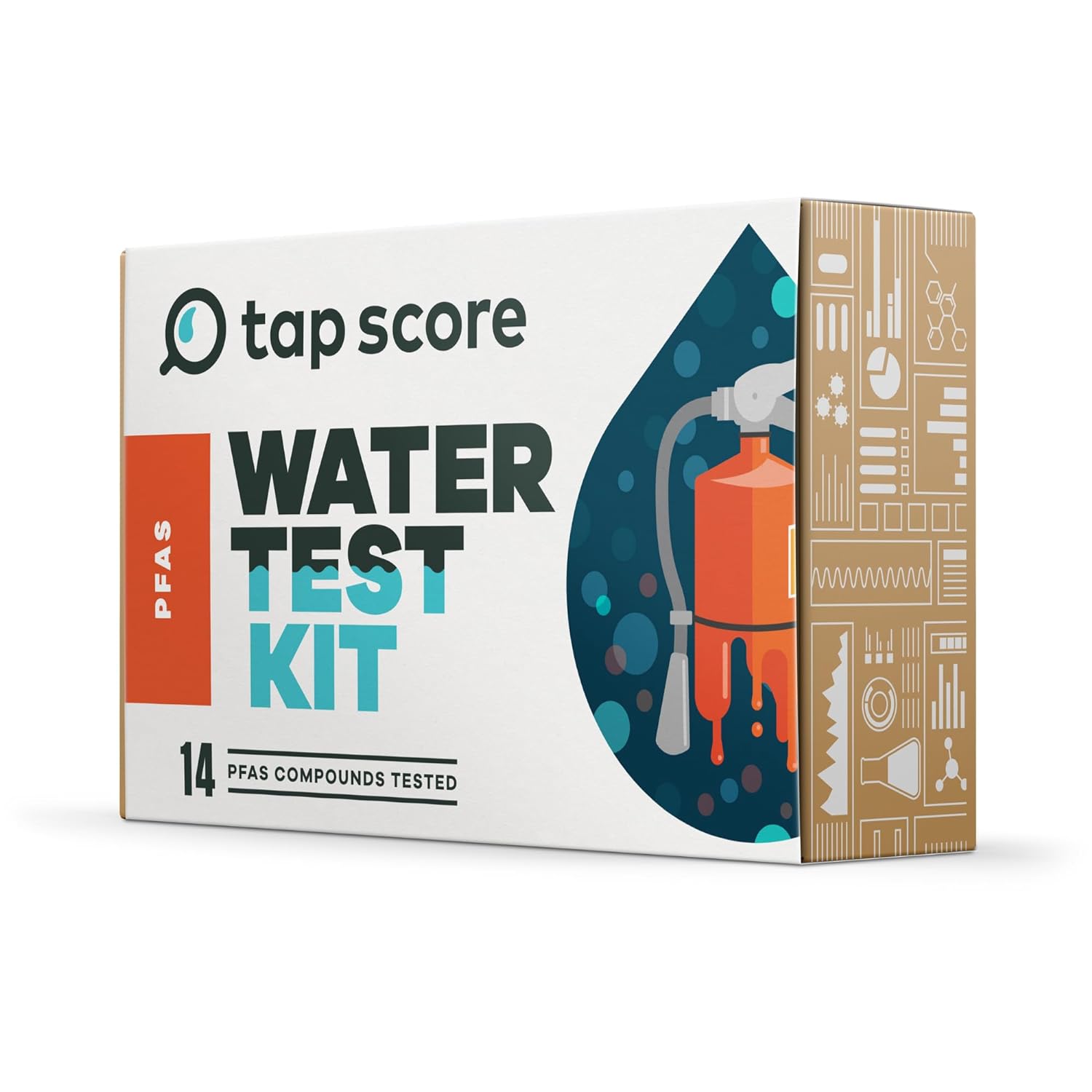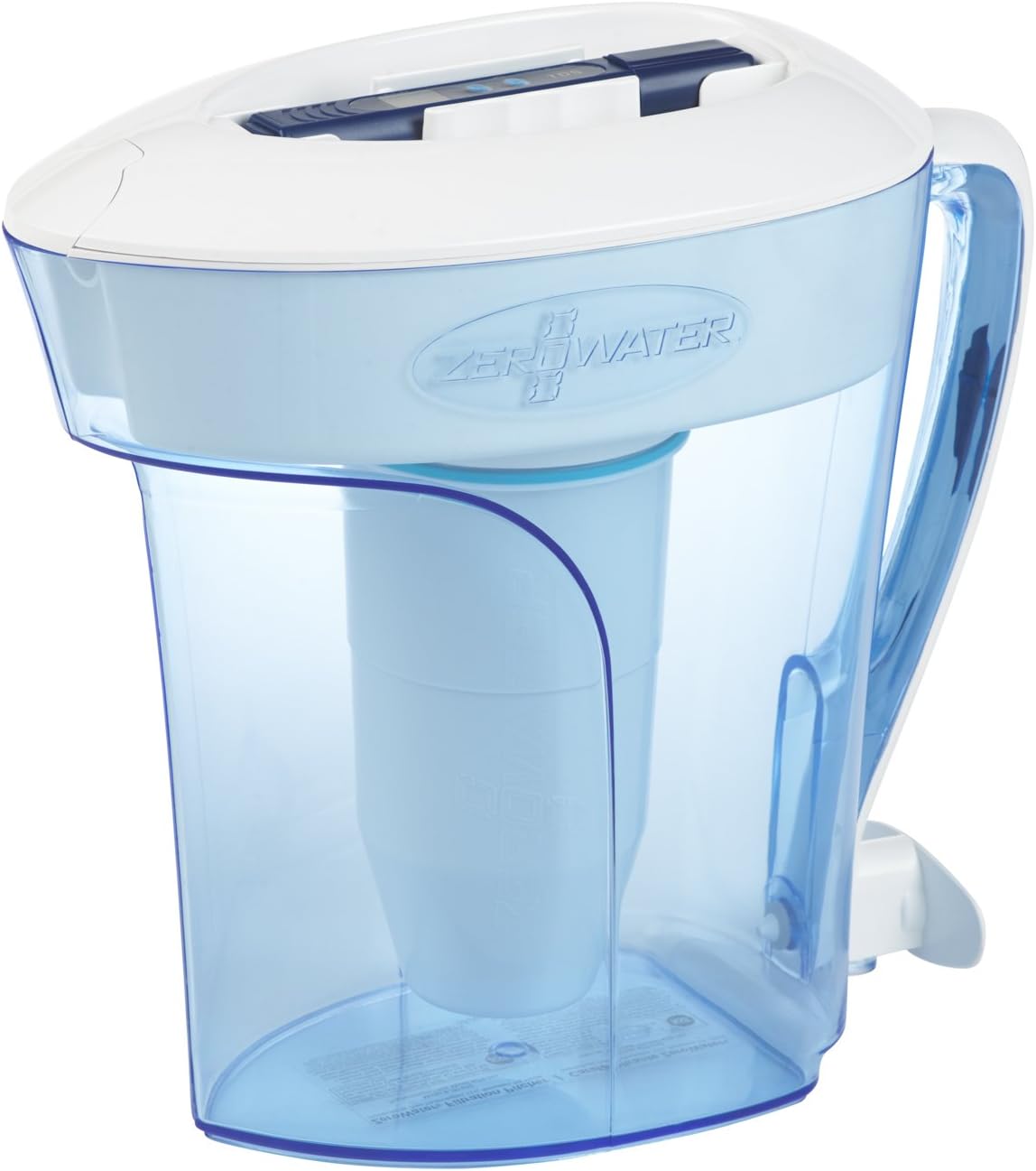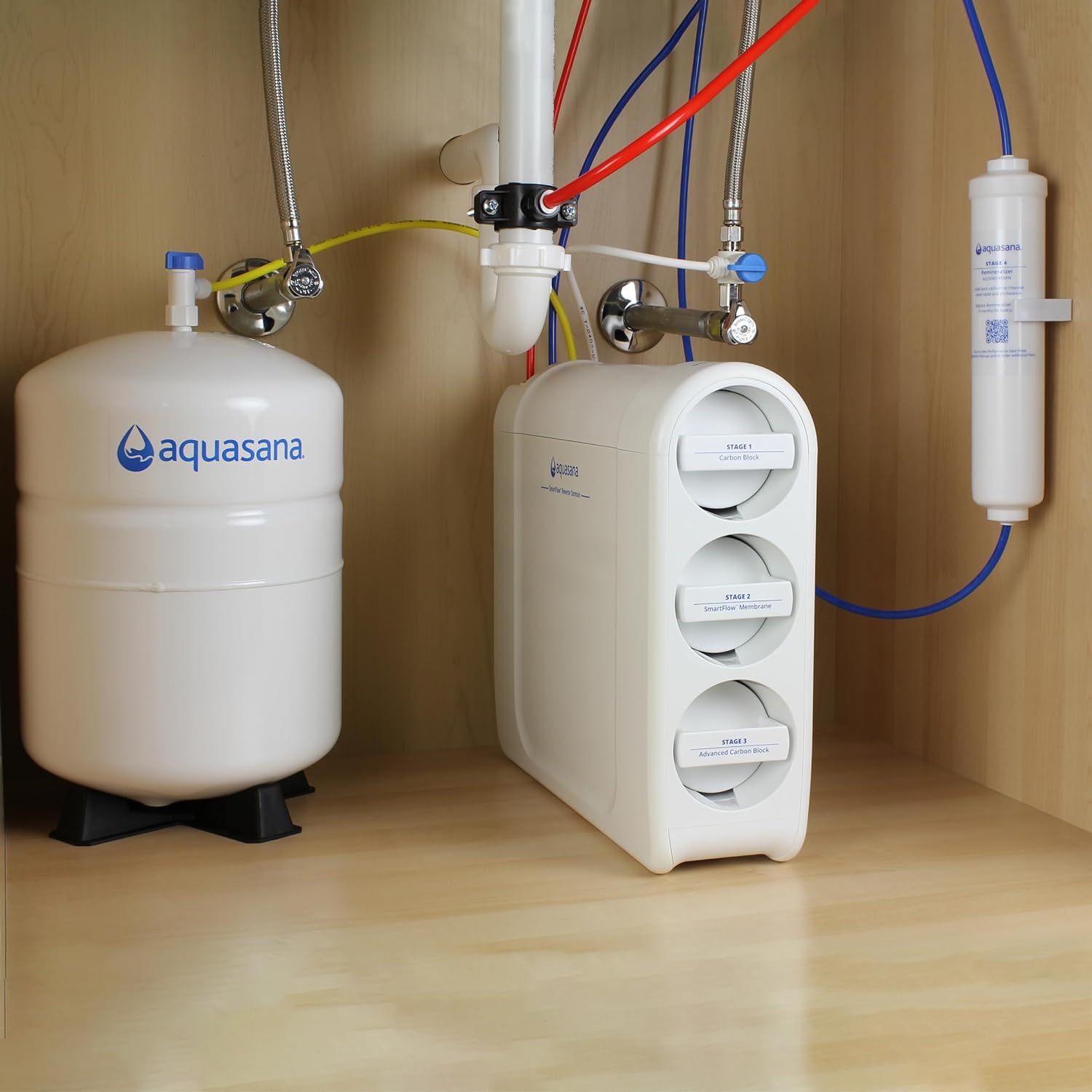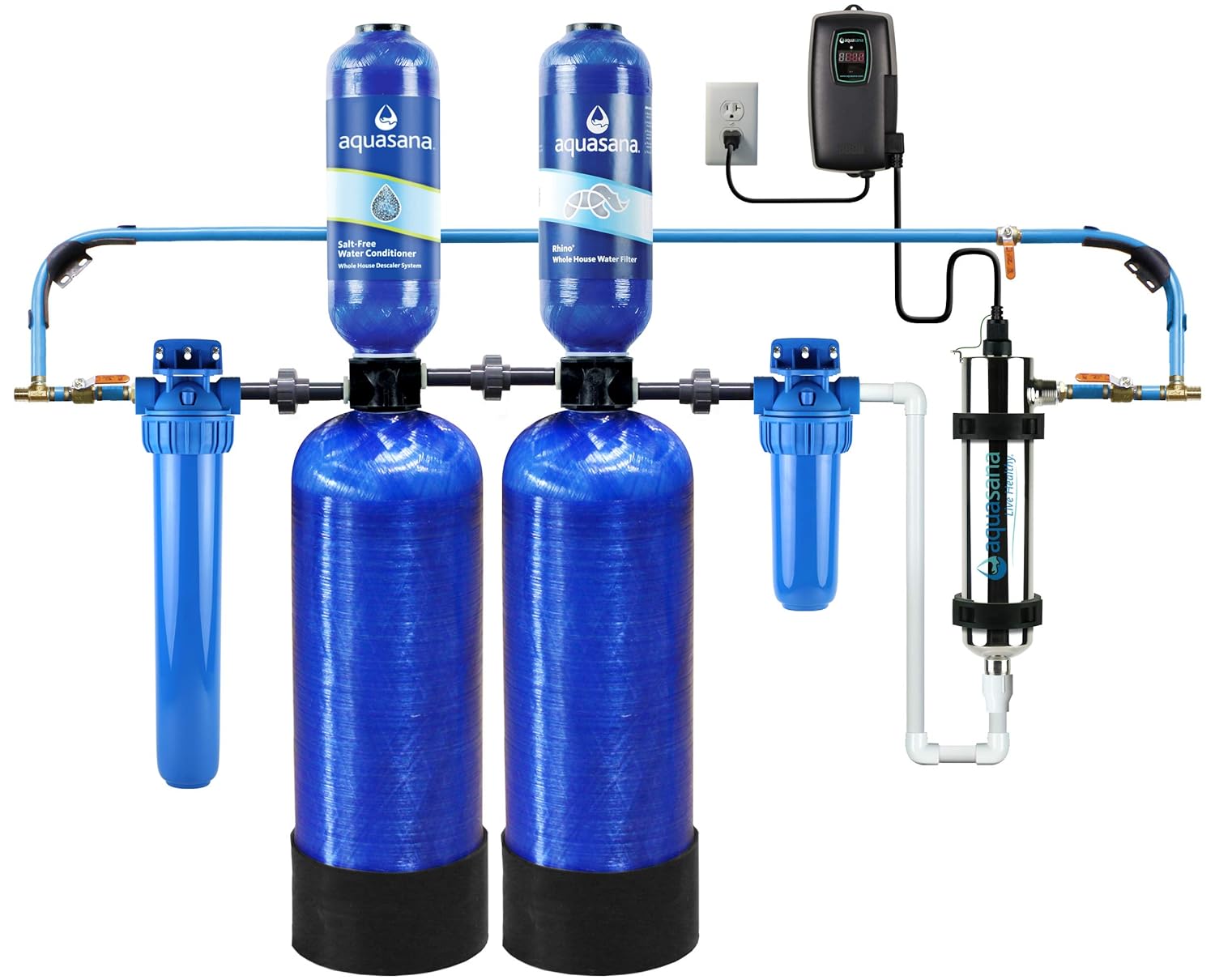Worried about the quality of your drinking water? You’re not alone. PFAS, or per- and polyfluoroalkyl substances, are a group of man-made chemicals found in various products, from non-stick cookware to firefighting foam. These “forever chemicals” don’t break down easily and can accumulate in your water supply, posing potential serious health risks.
Testing for PFAS in water is crucial for ensuring your safety and peace of mind. Whether you’re using a private well or relying on municipal water, knowing how to detect these contaminants can make all the difference. In this article, you’ll learn the most effective methods for testing PFAS, so you can take the necessary steps to protect your health.
Understanding PFAS Contamination
PFAS (per- and polyfluoroalkyl substances) are found in many everyday products. They persist in the environment, leading to contamination and health risks.
What Are PFAS?
PFAS are over 5,000 synthetic chemicals used since the 1940s. Common PFAS are perfluorooctanoic acid (PFOA) and perfluorooctane sulfonic acid (PFOS). These chemicals don’t break down naturally and accumulate in the environment and organisms.
Sources of PFAS in Water
PFAS enter water systems through multiple sources:
- Industrial and Waste Sites: PFAS leach into groundwater from industrial areas, landfills, and waste facilities.
- Firefighting Foams: Used in firefighting foams, PFAS seep into groundwater near airports and military bases.
- Consumer Products: Nonstick cookware, water-repellent clothing, and food packaging contribute to PFAS contamination when disposed of improperly.
Regular PFAS testing helps detect contamination early. Using a PFAS home test kit or installing a PFAS water filter ensures you monitor and reduce PFAS levels. Understanding contamination sources aids in effective prevention of further PFAS spreading.
Methods for Testing PFAS in Water
Testing for PFAS in water is crucial for ensuring safety and compliance. The following methods provide effective ways to detect PFAS contamination.
Home Testing Kits
Home testing kits offer a convenient way to test your water for PFAS. These kits include collection instructions and laboratory analysis. After collecting a water sample, you send it to a certified lab for detailed analysis. Although not as comprehensive as professional methods, home kits can identify the presence of PFAS and help decide if further testing is needed. Kits may include additional features like pfas water filter recommendations based on results.
Professional Laboratory Testing
For more accurate PFAS testing, professional laboratory methods are recommended. Certified laboratories use EPA-approved techniques such as Method 533, Method 537, and Method 537.1. These methods are validated for monitoring PFAS under regulations like the fifth Unregulated Contaminant Monitoring Rule (UCMR 5) and the PFAS National Primary Drinking Water Regulation (NPDWR). Laboratories adhering to these standards ensure precise, reliable results. Some states also provide certification programs, ensuring labs meet stringent quality controls.
Evaluating Test Results
Understanding test results for PFAS in water ensures you can take appropriate action if necessary. Interpreting the laboratory report helps determine the next steps.
Interpreting Test Indicators
To interpret your laboratory report, focus on several key components:
-
- Client ID: The identifier for the entity submitting the sample.
- Lab ID: The unique identifier for the laboratory conducting the test.
- Analyte: The specific PFAS compound measured.
- Result: The concentration of the PFAS compound found, usually in nanograms per liter (ng/L).
- Reporting Limit (RL): The lowest concentration the lab can accurately measure
- Method Detection Limit (MDL): The lowest concentration the lab can detect.
- Unit: The measurement standard, often ng/L.
-
Dilution Factor: The ratio of initial to final volume if the sample is concentrated.
- Method: The analytical method used, such as EPA Method 533 or 537.
- Non-Detect (ND): Indicates the compound was not detected above the MDL threshold.
Analyze the results carefully to see if PFAS levels exceed regulatory limits. If the concentration is non-detect (ND), PFAS seems not present above the detection limit.
When to Seek Professional Help
Seek professional help when:
-
- Results Interpretation: Results are complex or unclear.
- High Concentrations: PFAS levels exceed safe drinking water standards.
- Consistent ND Results: Despite using reliable methods, PFAS is consistently non-detected, potentially signaling sampling issues or laboratory errors.
- Recent Contamination: Suspected contamination from nearby industrial sites or accidents requires precise analysis and consultation.
For reliable outcomes, you might consider professional assistance, especially if using a PFAS home test kit or integrating a PFAS water filter isn't enough to manage contamination. Certified labs can provide actionable data and recommendations.
Mitigation and Filtration Solutions
Various filtration solutions address PFAS contamination in drinking water. Each method employs unique mechanisms to effectively reduce PFAS levels, ensuring safer water for consumption.
Types of Water Filters for PFAS
Granular Activated Carbon (GAC) Filters
GAC filters trap contaminants while water flows through. These filters effectively reduce PFAS concentrations. Often found in point-of-use treatment systems, like countertop pitchers and under-sink installations, they offer an accessible solution.
Reverse Osmosis (RO) Filters
RO filters use a membrane with tiny pores to block many contaminants, including PFAS. These filters are typically installed as point-of-use systems, particularly for drinking water. RO systems offer a high degree of removal efficiency.
Ion Exchange Resins
Ion exchange systems use resin beads to attract and retain contaminants. Some are capable of reducing PFAS, provided they meet NSF/ANSI certification standards. Always verify certification before choosing this option.
Effective Home Water Treatment Systems
Countertop Pitchers with GAC Filters
These provide a convenient method for PFAS reduction such as the one pictured below. GAC filters in pitchers can significantly decrease PFAS levels, making them a popular choice for home use.
Under-Sink RO Systems
RO systems installed under the sink offer effective PFAS removal. Their compact size allows for easy integration into most kitchen setups, delivering clean drinking water directly from the tap.
Whole-House Filtration Systems
These comprehensive systems combine GAC and sometimes RO filters to protect the entire household. They ensure all water sources, including showers and sinks, are free from PFAS contamination.
Optimizing your filtration choice ensures effective PFAS mitigation, safeguarding water quality in your home.
Key Takeaways
» Understanding PFAS Contamination: PFAS are synthetic chemicals found in many everyday products and persist in the environment, leading to contamination and health risks.
» Sources of PFAS in Water: PFAS contamination originates from industrial sites, firefighting foams, and consumer products like nonstick cookware and food packaging.
» Testing Methods: Effective ways to test for PFAS include home testing kits for initial detection and professional laboratory testing using EPA-approved methods for more accurate results.
» Interpreting Results: Understanding key elements of lab reports such as analyte, result, and detection limits is crucial for determining PFAS levels in your water.
» Mitigation Solutions: Reduce PFAS levels with filtration methods like Granular Activated Carbon (GAC) filters, Reverse Osmosis (RO) systems, and Ion Exchange Resins, depending on your contamination severity and household needs.
Conclusion
Testing for PFAS in your water is crucial for ensuring your household’s safety. By using early detection methods like home kits and water filters you can monitor and reduce PFAS levels effectively.
Exploring various filtration solutions such as GAC Filters RO Filters and Ion Exchange Resins helps you choose the best option for your needs.
Whether you opt for Countertop Pitchers Under-Sink RO Systems or Whole-House Filtration Systems optimizing your filtration choices is key to mitigating PFAS and maintaining high water quality. Taking these steps ensures you’re providing the safest water possible for your home.










